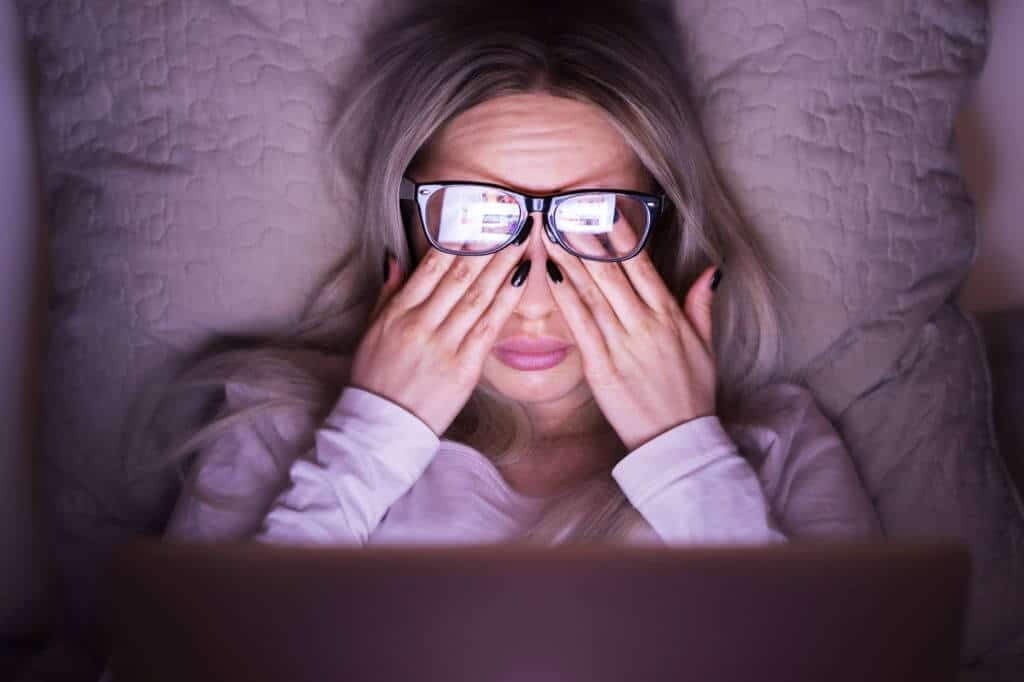Lazy Eye May Be Spotted Earlier By New Device
Nikki Attkisson | Last Updated : October 22, 2021A new study suggests that a handheld screening device could be the answer to helping kids who have a lazy eye before it gets too late.
After a child’s vision reaches maturity, Amblyopia cannot be treated with contact lenses or glasses.
Lazy Eye May Be Spotted Earlier By New Device
Doctors say that poor school performance can be a consequence along with impairments in the perception of depth and fine motor skills.
Dr. Michael Chiang said that the device could be used by pediatricians and other primary providers of care to catch the disorder at an early stage. When caught early, it is significantly easier to treat.

Chiang is the director of the US National Eye Institute.
The NEI comes under the US National Institutes of Health.
300 kids who had no eye disorders were recruited for this study. The Kaiser Permanente Southern California pediatric clinics scheduled visits for them.
The age of the children was between 2 and 6 years.
Each child was screened by two research associates who were trained to use the device effectively.
Each child’s eyes were then examined by a pediatric ophthalmologist who was not aware of the results it generated.
6 cases of the disorder were found by the device, and this was then confirmed by the doctor subsequently.
A further 45 children were flagged for a possibility of having the disorder.
These kids were ruled out by the doctor at a later stage.
Dr. Shaival Shah, the co-lead investigator said that it takes about 28 seconds to perform the test in the hands of a trained user.
He is also a pediatric ophthalmologist at Kaiser Permanente.
Provided that the child cooperates, the results can be recorded. This particular aspect is important to figure out whether it can be adopted in pediatric care settings.
2.5 seconds of the child’s attention are required by the test.
Amblyopia is not uncommon and is a very preventable loss of vision in one eye.
3 out of every 100 kids in the US are affected by it.
In very young kids, basic eye chart vision screening tests are not very useful.
The brain, early in childhood, learns how to fuse 2 images from 2 eyes into one seamless image to produce vision.
When there is a misalignment of the eyes or if there is a decreased sharpness in one eye, this disorder develops.
The brain favors one eye in this case and then fails to process visual information properly.
Vision within the weaker eye is generally improved by using a patch over the good eye in order to strengthen it.
As kids get older, the effectiveness of patching is reduced.
The ability of the eyes to fixate together is assessed by the screening device.
It is held 14 inches away from the eye by a trained professional and the child is asked to focus on the smiley face.
Both retinas are simultaneously scanned by the device.
This is done using a polarized laser that probes nerve fibers in an area called the fovea.
This area is essential for central vision.
The brain can find it hard to bring together the images from both eyes even if there is a slight error in alignment of the fovea.
Existing photo screening devices were not compared to the device in this particular study.
These photo screening devices are helpful in finding out the risk factors for amblyopia. Although, it does not detect amblyopia itself.
According to the study, this can lead to both over and under detection of the study.
The prototype of a device called blinq is the device.
With over 15 years as a practicing journalist, Nikki Attkisson found herself at Powdersville Post now after working at several other publications. She is an award-winning journalist with an entrepreneurial spirit and worked as a journalist covering technology, innovation, environmental issues, politics, health etc. Nikki Attkisson has also worked on product development, content strategy, and editorial management for numerous media companies. She began her career at local news stations and worked as a reporter in national newspapers.
